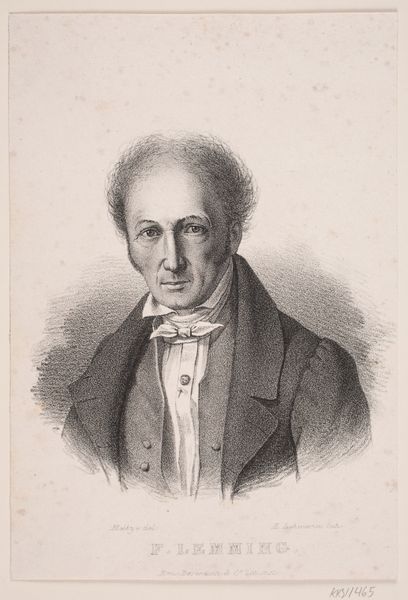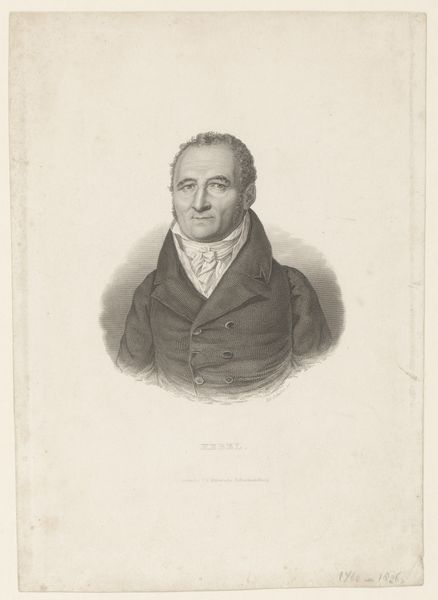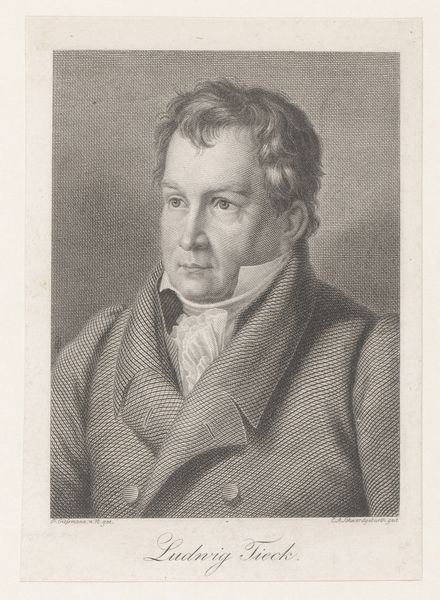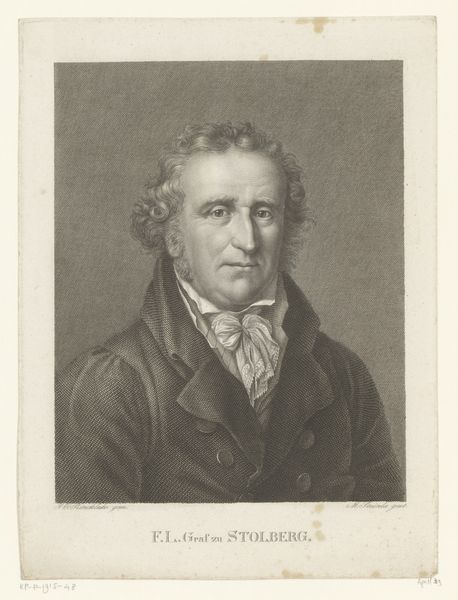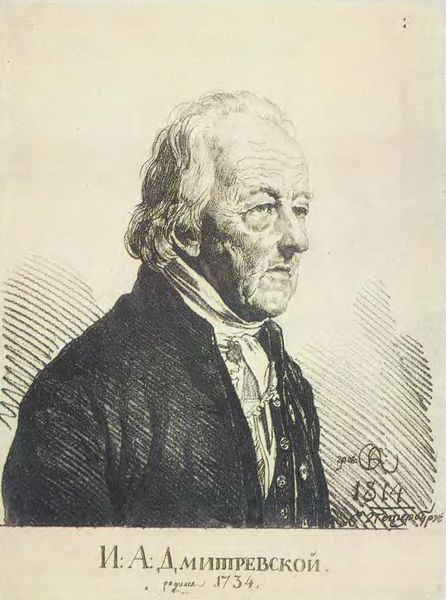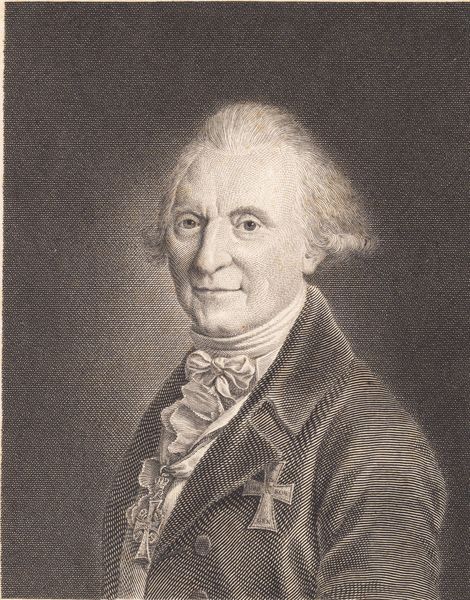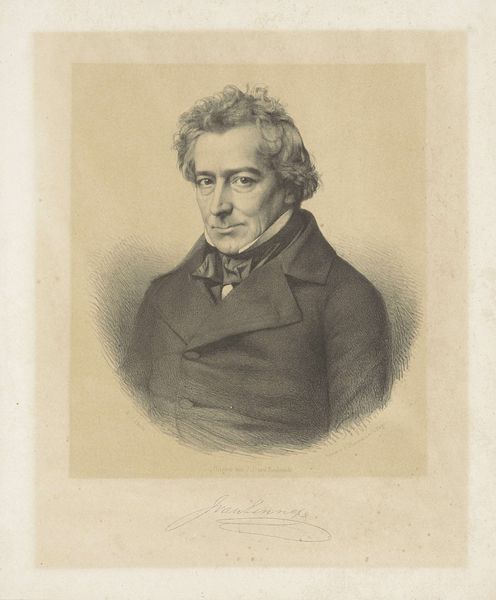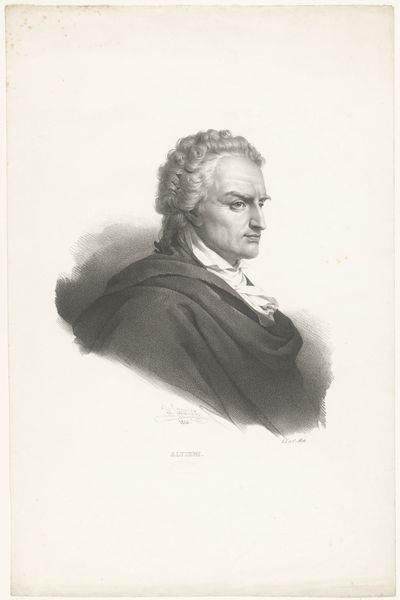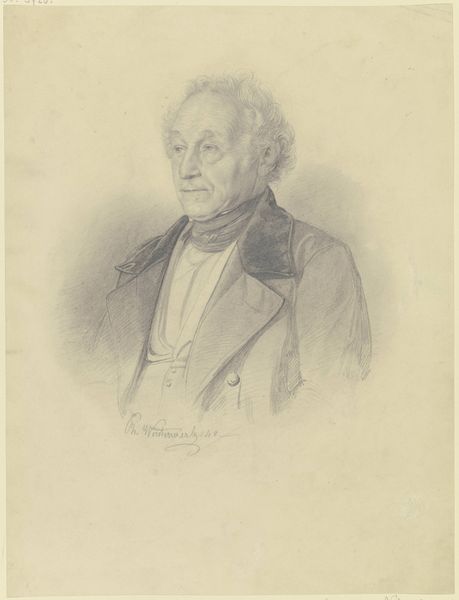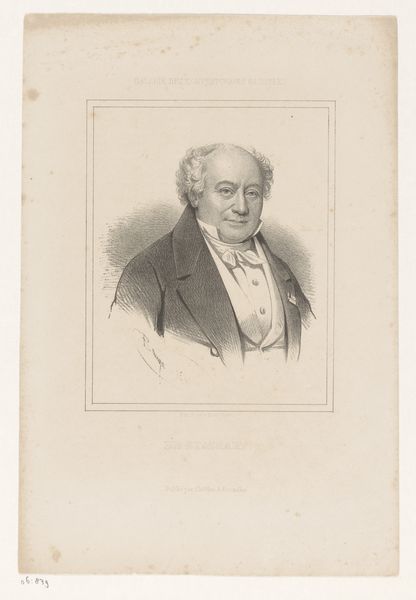
Dimensions: height 217 mm, width 157 mm
Copyright: Rijks Museum: Open Domain
Editor: This is "Portret van Jan Baptist Verbeyst," a pencil drawing, dating from somewhere between 1830 and 1880, attributed to P. Wuilleman. It has such a serious, almost stern mood about it. How do you interpret this work? Curator: It's compelling isn't it? The sternness you mention feels indicative of the subject's position, and the societal expectations of the time. It compels me to consider the subject’s agency within the context of 19th-century portraiture. To what extent was Verbeyst complicit in projecting this image of authority, and how does that image function within broader systems of power? How is it that, for instance, romanticism and academic art have an inherent tension as to the accessibility and class they portray, and does this add nuance? Editor: That's a fascinating way to look at it! So you’re saying that even in something seemingly straightforward like a portrait, we can see reflections of social structures and even anxieties of that time? Curator: Precisely. Consider how access to portraiture was historically limited, reinforcing class distinctions. The artist is creating something lasting, beyond a moment. And the gaze...do you think he looks approachable? Vulnerable? Who has the power in that dynamic? These choices reflect not just artistic style but a conscious presentation of self, shaped by and contributing to prevailing power structures. Editor: Now that I look at it that way, the unyielding expression and formal attire take on a completely new meaning! Thank you so much! Curator: My pleasure! Art is always a conversation, an interrogation, of the self and society. Looking critically at historical works, understanding the contexts in which they were produced and consumed, can offer invaluable insight into our own present realities.
Comments
No comments
Be the first to comment and join the conversation on the ultimate creative platform.
